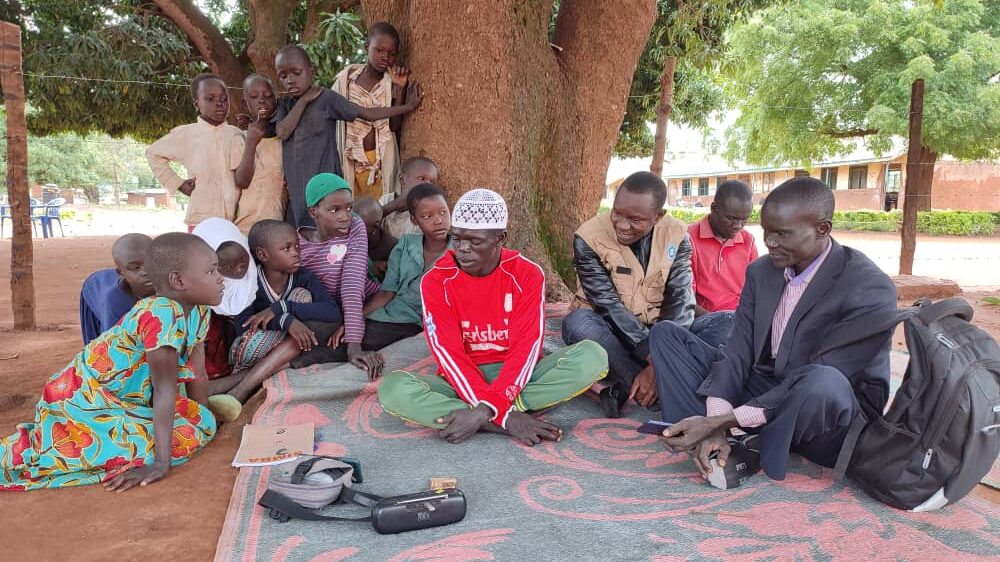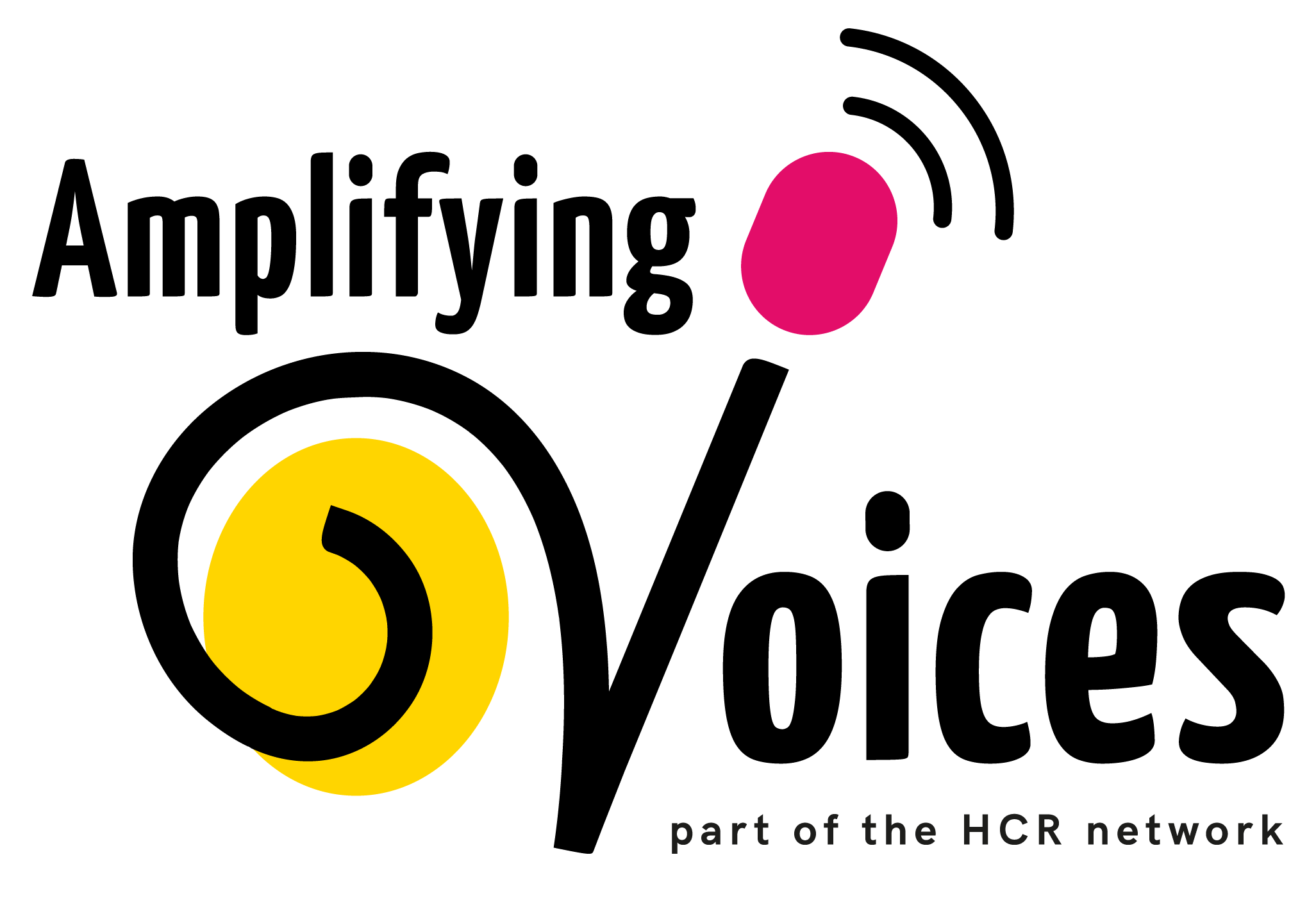
Ting-listening in Yumbe
Have you heard us mention Ting before? If not, let me quickly explain … Ting is a Chinese word for listen. The Ting character incorporates the symbols for ear, eye, heart, one (undivided attention), and king (or respect). Ting illustrates a whole-person way of listening that we and our partners aim for when we go into communities to listen. (Read more in It’s a Ting Thing). We also encourage service providers and community members to Ting as they create media content together.

Ting Chinese Character for Listen
But what does Ting-listening look like, or sound like in reality? We recently asked Barnabas from Community Development Centre in Uganda to describe their Ting-listening experience as they visited a new community in Yumbe district with a view to developing a new community-centred media project there.
I invite you to listen to what Barnabas said and look out for those five elements of the Ting character.
If it’s tricky to play audio where you are right now, here is what Barnabas said:
This is Barnabas, I’m the development programmes manager of the Community Development Centre.
Yumbe district is one of the new locations for our community-centred media project.
The community once hosted a transit for refugees within their sub-county. And the people are farmers. But many of the people are living in poverty and as a result there were tensions over food, natural resource … that’s forest reserve that is in the Kei mountains.
So we set to go to the Kei mountains to meet the people. The community welcomed us. We visited their homes. We visited some of the existing facilities that are existing within the community. We sat with them under the shade of the trees … the forests in Kei. And in this conversation the community started speaking.
In this process we heard a lot of things. We couldn’t hold, you know our emotions as we observed about the realities of the situation on the ground.
The forest reserve is so large so what happens is that the community … in the early years has given the government land because the government requested land for use for a period of time until the community population has grown, so they would have back their land.
But unfortunately they couldn’t get back the land. The population has grown so they don’t have a place to do the farming that they do, so that they can have more food for their families
And they want to also use the forest for building, and they also wanted to understand more about how they can be able to have other sources of livelihood and change their situation.
In all this it enabled us to understand more of what actually this community is facing. It helped us also to go farther and have conversation with the relevant stakeholders.
Right now the community is working together to set up a community-centred media project. And these Kei people will have their voices out as they discuss about their issues more.
So they will be more of listening to each other as also we have listened to them and understanding their issues and there will be more of working together with the community and the community working together among themselves to solve the issues that are affecting their communities.
Ting-listening is something that continues throughout the life of a community-centred media project, but it is especially important in the early phases, as we, our partners and community members discern together what to hope for from the project. The Kei project is currently in this early Ting-listening phase.
